The Rising Costs of Cranberries: What’s Causing the Increase in Prices?
The Rising Costs of Cranberries: What’s Causing the Increase in Prices?
Cranberries have long been a staple on holiday tables, brightening up dishes and adding a burst of tartness to our favorite recipes. But lately, there’s been something sour about these little red berries – their prices are skyrocketing! If you’ve recently found yourself staring at the cranberry section in the supermarket with disbelief, wondering what’s causing this sudden spike in cost, then you’re not alone. Join us as we dive into the juicy details behind the rising costs of cranberries and uncover the surprising factors driving up their prices. Get ready for some eye-opening insights that will make your cranberry cravings even more bittersweet!
Introduction to the Cranberry Industry
Introduction to the Cranberry Industry
Cranberries have long been considered a staple in holiday meals and festive celebrations. Known for their tart taste, brilliant red color, and numerous health benefits, cranberries are a popular fruit that is widely consumed around the world. However, in recent years, the prices of cranberries have been on the rise, causing concern among consumers and industry experts alike.
To understand why the cost of cranberries is increasing, it is essential to take a closer look at the cranberry industry as a whole. The cranberry industry encompasses all aspects of growing, harvesting, processing, and selling this versatile fruit.
History of Cranberries
The history of cranberry cultivation dates back to Native American tribes who used them for food, medicine, and dye. The name “cranberry” comes from “crane berry,” which was given by early European settlers because they believed the plant’s pink blossoms resembled the head and neck of a crane.
In the 19th century, commercial cultivation of cranberries began in Massachusetts when farmers started harvesting them from bogs or marshes. Today, cranberries are grown in various regions worldwide with top producing countries including the United States (primarily Wisconsin), Canada (primarily Quebec), Chile, Belarus, Latvia and Poland.
Production Process
Growing cranberries requires specific conditions such as acidic soil with high organic content and access to abundant freshwater sources. They also need colder climates during winter months followed by warm summers for optimal growth.
Factors Affecting Cranberry Prices
Cranberries are a staple ingredient in many dishes and beverages, especially during the holiday season. However, in recent years, consumers have noticed a significant increase in the prices of cranberries. This rise in cost can be attributed to several factors that affect the production and availability of this popular fruit.
1. Weather Conditions:
One of the primary factors affecting cranberry prices is weather conditions. Cranberries require specific temperature and moisture levels for optimal growth. If there is excessive heat or drought during the growing season, it can lead to reduced crop yields and poor-quality berries. The lack of rainwater also affects the size and juiciness of cranberries, making them less desirable for commercial use. As a result, growers may have to charge higher prices to make up for their losses.
2. Demand:
Another significant factor responsible for rising cranberry prices is demand. With an increase in popularity and demand for cranberry-based products such as juice, sauces, and dried fruits, there has been a corresponding increase in demand for raw cranberries as well. The high demand puts pressure on producers to meet consumer needs while maintaining quality standards leading to higher costs.
3. Labor Costs:
The labor-intensive process of harvesting cranberries contributes significantly to its price hike. Cranberry harvesting relies heavily on manual labor as they cannot be mechanically harvested like other fruits due to their delicate nature. It requires skilled workers who handpick each berry from flooded fields using special equipment called “cranberry scoops.”
Impact of Climate Change on Cranberry Production
Climate change is having a significant impact on the production of cranberries, resulting in rising costs and lower yields. Cranberries are a cold-weather crop that require specific climatic conditions to thrive, making them particularly vulnerable to the effects of climate change.
One of the main impacts of climate change on cranberry production is changes in temperature and precipitation patterns. Cranberries require cool temperatures during their growing season, but with rising global temperatures, many cranberry-growing regions are experiencing warmer winters and earlier springs. This causes the buds to break early, leaving them vulnerable to late-season frosts which can damage or kill the plants. As a result, farmers may have to use frost protection methods such as irrigation systems or wind machines, which can be costly and time-consuming.
In addition to changes in temperature, changes in precipitation patterns also affect cranberry crops. Too much rainfall can lead to flooded fields, damaging the plants and inhibiting their growth. On the other hand, droughts can also have a negative impact by reducing water availability for irrigation and causing stress on the plants.
The changing climate also affects pollination of cranberry flowers by bees. Inconsistent weather patterns can disrupt bee activity during bloom time, leading to lower pollination rates and ultimately affecting fruit yield.
Another significant concern for cranberry producers is an increase in extreme weather events such as hurricanes or severe storms. These events not only damage crops directly but also cause soil erosion and nutrient depletion, which affects future crop yields.
Changes in Demand and Consumption of Cranberries
Changes in Demand and Consumption of Cranberries
Cranberries have been a popular fruit for centuries, known for their tart taste and numerous health benefits. However, in recent years, the demand and consumption of cranberries have undergone significant changes, leading to an increase in prices. In this section, we will explore the various factors that have contributed to these changes in demand and consumption.
1. Health Benefits Awareness
One of the main reasons for the rise in demand for cranberries is the increased awareness of their health benefits. Cranberries are considered a superfood because they are packed with nutrients such as vitamin C, antioxidants, and fiber. They also contain compounds that can help prevent urinary tract infections and may even aid in preventing certain types of cancer.
As consumers become more health-conscious, they are actively seeking out foods that offer nutritional value. This has led to an increase in demand for cranberry products such as juices, dried fruits, and supplements.
2. Changing Consumer Preferences
In addition to being healthy, cranberry products are also becoming increasingly popular due to changing consumer preferences. For instance, many people now prefer natural and organic products over processed ones. As a result, there has been an increase in the demand for organic cranberry juice and other natural cranberry products.
Moreover, there has been a shift towards plant-based diets among consumers globally. This trend has further boosted the demand for plant-based alternatives to traditional animal-derived products like dairy milk or meat protein sources.
The Role of Government Policies and Regulations
The role of government policies and regulations is a crucial factor in understanding the rising costs of cranberries. Government policies and regulations can have a significant impact on the production, distribution, and pricing of cranberries. In this section, we will discuss how various policies and regulations have played a role in the increasing prices of cranberries.
1. Agricultural Subsidies: Agricultural subsidies are an essential aspect of government policy that has affected the production and pricing of cranberries. The US government provides financial support to farmers through subsidies to encourage them to produce crops like cranberries. However, these subsidies often lead to overproduction, which causes an excess supply in the market, leading to lower prices for farmers. To offset these losses, farmers may resort to raising their prices when demand increases, resulting in higher prices for consumers.
2. Trade Policies: The trade policies adopted by governments also play a vital role in influencing the price of cranberries. For instance, tariffs imposed on imported cranberry products can make them more expensive for consumers, thereby giving domestic producers an advantage in terms of pricing their products higher without facing stiff competition from foreign markets.
3. Environmental Regulations: Cranberry farming requires specific environmental conditions such as acidic soil and access to freshwater sources. As such, environmental regulations set by governments can affect the availability of suitable land for growing cranberries or limit access to water resources needed for cultivation. This could result in reduced production or added costs for farmers if they have to invest in alternative irrigation methods.
Effects on Farmers and Consumers
The rising costs of cranberries have been a cause for concern for both farmers and consumers. The increase in prices has had a significant impact on the cranberry industry, with many farmers struggling to make ends meet and consumers facing higher prices at the grocery store.
Effects on Farmers:
One of the major effects of the rising costs of cranberries is on the livelihoods of farmers. Cranberry farming is a labor-intensive process that requires a significant investment in time, resources, and money. With the increasing costs of production, many farmers are finding it difficult to sustain their operations.
One of the main reasons for this increase in costs is the changing climate. Cranberries require specific growing conditions such as cool temperatures and abundant water supply. However, due to climate change, these conditions are becoming more unpredictable and inconsistent. This has led to lower crop yields and increased expenses for irrigation systems.
Moreover, cranberry growers also face challenges from pests and diseases which can damage their crops and result in losses. These issues require expensive treatments and add to the overall cost of production.
Another factor contributing to the rise in costs for farmers is competition from other countries. As cranberries can be grown in various regions around the world, there is an influx of cheaper imported cranberries into the market. This puts pressure on local farmers who struggle to compete with these low-priced imports.
Alternative Options for Affordable Cranberries
There are alternative options available for those seeking affordable cranberries, especially when the prices of these tart berries are on the rise. Here are some alternative options to consider:
1. Frozen Cranberries
Frozen cranberries can be a great option for those looking for a more budget-friendly alternative. They are usually priced lower than fresh cranberries and can be stored in the freezer for months, making them a convenient option to have on hand all year round. Additionally, frozen cranberries contain just as many nutrients as fresh ones, making them a healthy choice.
2. Dried Cranberries
Dried cranberries may not be as widely used in traditional recipes like fresh or frozen cranberries, but they provide a sweet and chewy alternative that is also budget-friendly. They can be added to salads, trail mixes, oatmeal, or baked goods for an extra burst of flavor and nutrition.
3. Canned Cranberry Sauce/Jelly
Canned cranberry sauce or jelly is another cost-effective option that is readily available in most grocery stores. While it may not have the same texture or taste as homemade sauce, it still offers the same tangy flavor and can be used in a variety of dishes such as sandwiches or desserts.
4. Buy in Bulk
Another way to save money on cranberries is by buying them in bulk during their peak season (October-December). This allows you to stock up and freeze them for later use when prices go up during off-seasons.
Conclusion: The Future of the Cranberry Industry
Conclusion: The Future of the Cranberry Industry
As we have discussed in this article, the cranberry industry is currently facing some challenges that have led to an increase in prices. From labor shortages and weather conditions to changing consumer preferences, there are multiple factors at play. But what does the future hold for the cranberry industry?
Despite these challenges, experts believe that the future of cranberries looks promising. With innovative techniques and technologies being developed, growers are finding ways to overcome issues such as labor shortages and adapt to changing weather patterns. Additionally, research is being conducted to develop new varieties of cranberries that can thrive in different environments.
One of the main reasons for optimism about the future of cranberries is their health benefits. Cranberries are rich in antioxidants and other nutrients that make them a popular choice among health-conscious consumers. This trend is expected to continue, driving demand for cranberries globally.
Moreover, the demand for organic products has been steadily increasing over recent years, and cranberries are no exception. Organic farming practices not only benefit consumers but also help reduce costs for growers in the long run by promoting soil health and reducing dependence on synthetic fertilizers and pesticides.
Another factor working in favor of the cranberry industry’s future is its versatility. While traditionally used mainly as a holiday fruit or juice ingredient, new uses for cranberries are emerging across various industries.


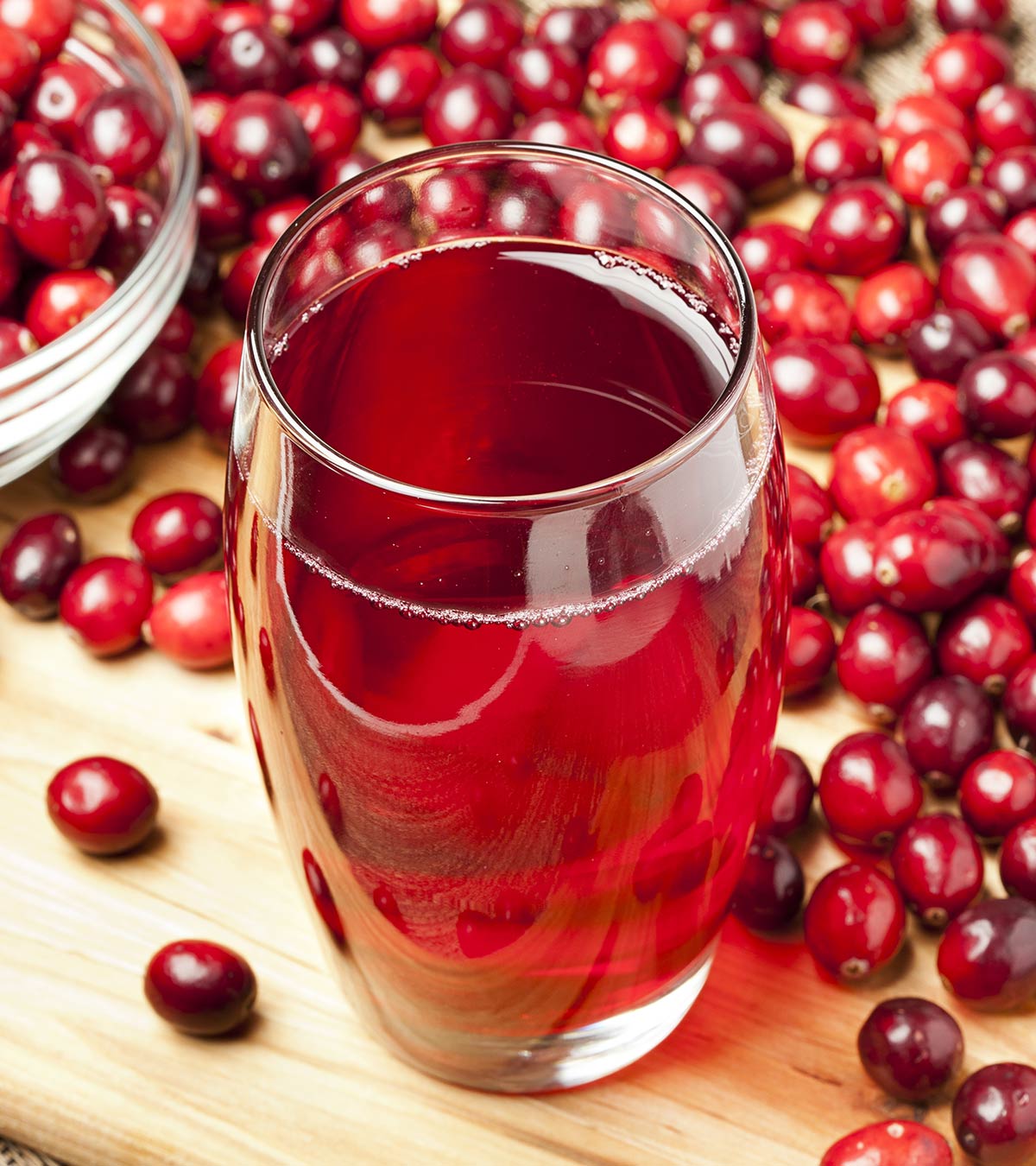
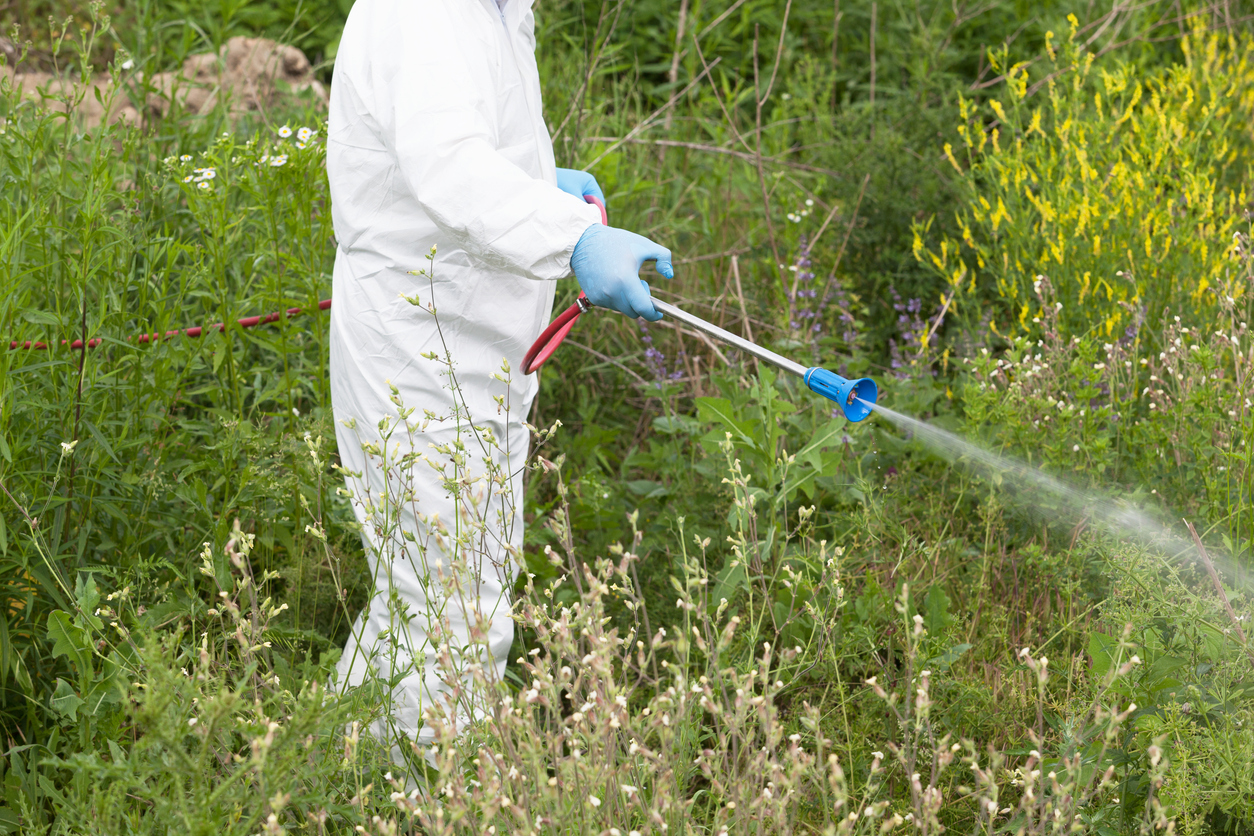
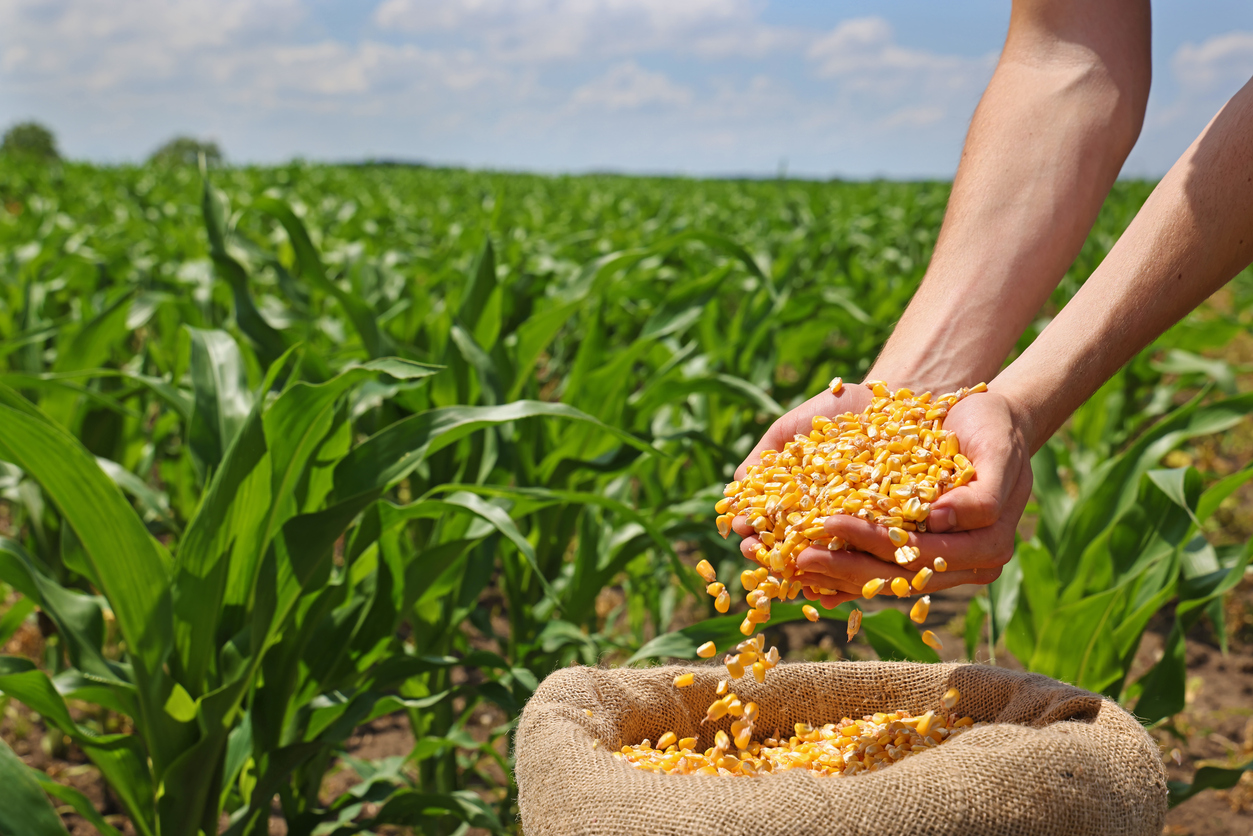

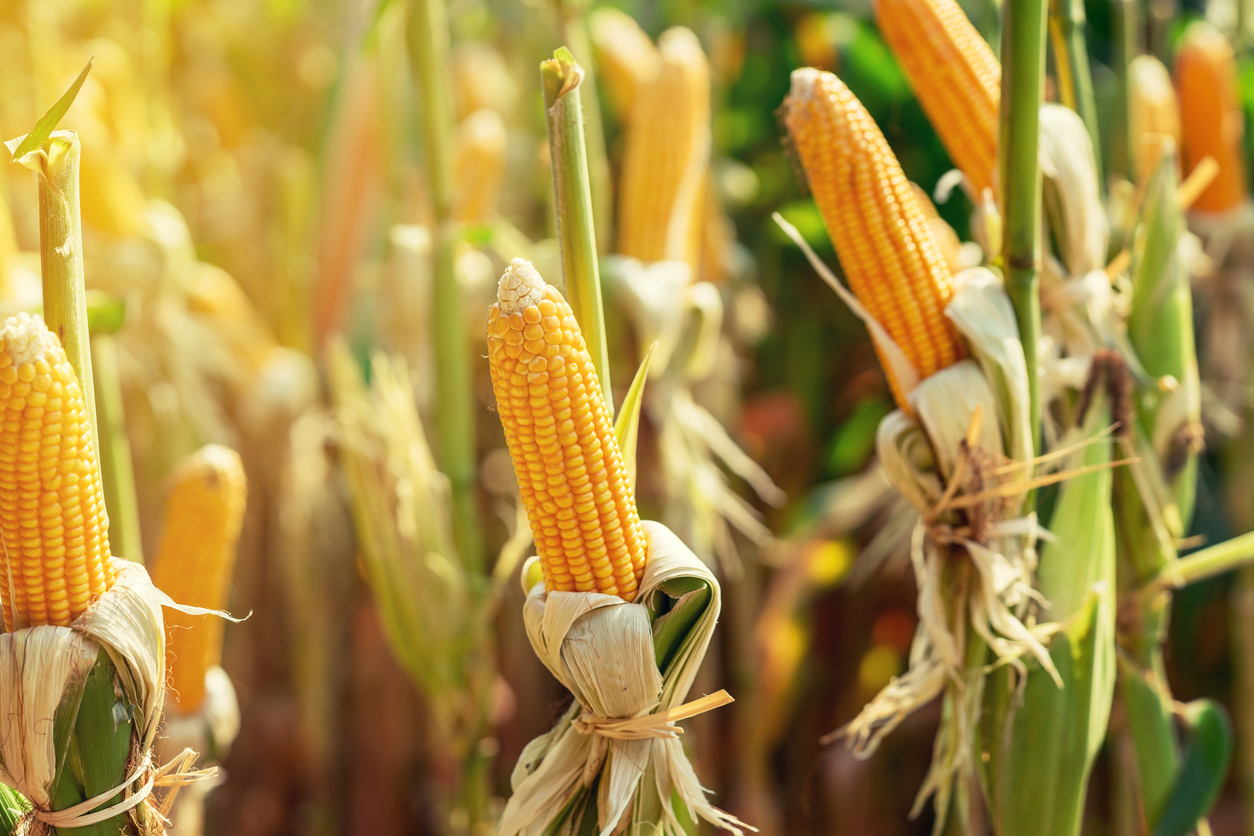
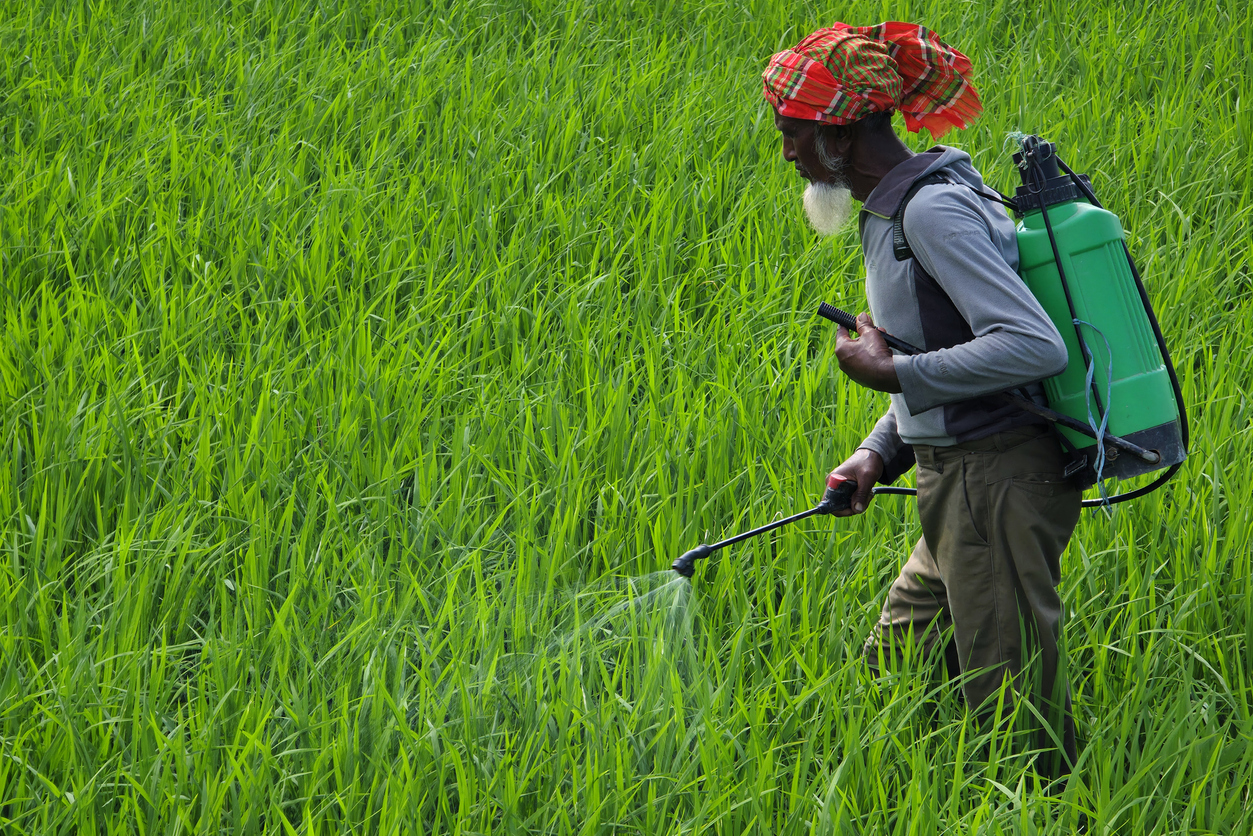
Comments are closed.